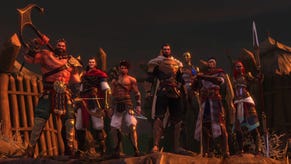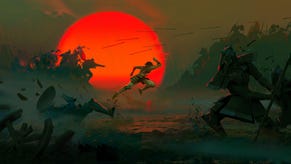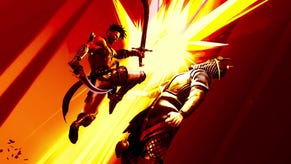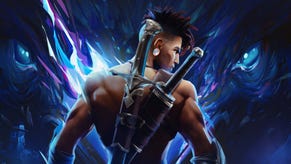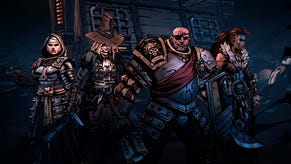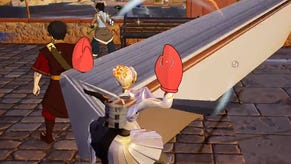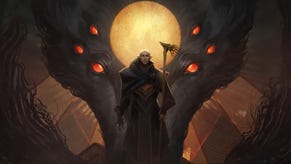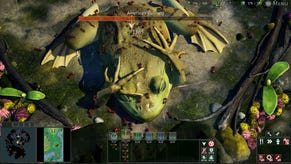Prince of Persia: The Lost Crown's accessibility options are a neat deconstruction of metroidvania design
Ubisoft drops two new trailers
I have been bouncing off Prince of Persia: The Lost Crown, partly because the new protagonist design leaves me cold, and partly because it being a 2D affair has me yearning for something closer to the 1989 Apple II original, with its finicky platforming and sword-fighting. Katharine says it's decent, however, and the latest trailers are intriguing. One is an overview of the new metroidvania's locations, of which you can read much more in Katharine's last preview. The other is a quick dive into the game's approach to accessibility, which appears to be a lot more holistic than you'll find in many games.
Yes, these are marketing videos of developers singing their own praises, but I like senior game designer Rémi Boutin's opening contention in the second video that The Lost Crown should be "accessible by design", not after the fact. It's supposedly built around accessibility in a way that serves as a gentle indexing of the metroidvania genre, throwing certain qualities into sharper relief.
For instance, the developers have spent a fair bit of time thinking about the game's map, and how easy it should be to both navigate and remember where you've been - a vital consideration for a genre dependent on backtracking with new abilities to bypass hitherto impassable barriers. They've come up with a bunch of options that range from optional map markers and subtler hints for obstacles and destinations, to "memory shards", which are essentially theme-appropriate screenshots you can pin to areas so you can easily recall what each location involves.
The game also eschews QTEs and colour-based feedback, while using large text by default. As regards the acrobatics, the developers have found that wall jumps - a modern-day Prince of Persia staple - can be difficult for people who aren't used to platforming, so they've introduce some sly "invisible" assists. And then there are the high contrast vision modes - the first for an Ubisoft game, apparently - which let you tag and highlight certain objects, plus lots of granular difficulty settings around enemy health, environmental damage, parry difficulty and the like.
I can't speak to how well these settings hold up in practice for people with different needs, of course, but it's always good to see a developer not just introducing accessibility options, but framing accessibility as a core structural element rather than some kind of compromise applied once the game is made.
The world trailer paints an appetising picture, too, though it's not enough to quell my yearning for an old-school Prince of Persia successor, with zero wall jumps or aerial combos. Do you miss those crumbling palace hallways?







